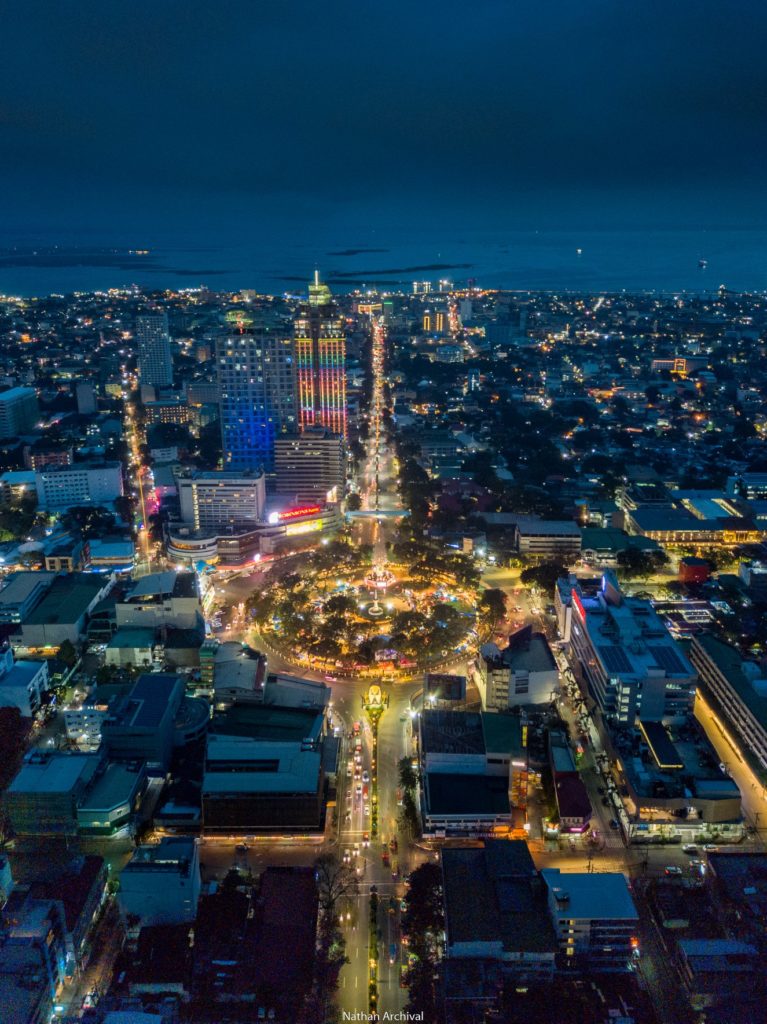
Cebuanos take so much pride in claiming the title “Queen City of the South” in reference to the province but what’s unknown to many is the illegitimacy of such presumed title. No authority gave such name. No official documents granted such label. So, how did Cebu earn such title? Could this be one of the many fallacies reiterated in history?
Strategically located in the heart of the Philippine archipelago, the sun-soaked island of Cebu enjoys natural advantage in location and manpower. With coastlines, rolling hills, and rigid mountaintops, the once hailed small fishing village became a center of trade. In fact, theories on how it got its name can be trimmed down to two: Sibu and Sugbu. The former connoting the “exchange of goods” that happened between local and foreign merchants and the latter referring to a “great fire” strategically created to drive away Moro invaders who wanted to steal trades and cause havoc. This barter system furthermore developed into chains of connections to local and international traders from neighboring Asian countries and the Middle East. Thus, it is of no wonder why the people from Samar referred Cebu when the Spaniards came.
Having been exposed to a number of foreign merchants, Cebu welcomed the Spaniards with such hospitality. The province then became the “Cradle of Christianity” after the baptism of Reyna Juana and Raha Humabon. Such kinship was kept even after the war that happened in between the forces of Raha Lapu-lapu and Ferdinand Magellan. This is the reason why they came back and colonized the Philippines for three hundred thirty-three years.
However, as trading went on, the Spaniards discovered a new route steering northeastward from the Philippines in a wide arc through the Pacific and ending in California then sailing to Acapulco. This return voyage then became the route followed by Manila galleons in the later years. Gaining better access to international trading, the Spaniards transferred their stations to Manila which later on became the capital of the country.
In the 18th century, Cebu’s economy was toppled by Iloilo when it became the primary shipping port for sugar – which was highly in demand at that time. The province also became the top producer of textiles like sinamay, jusi, and piña. With its booming economy, it ranked second of the five Spanish Royal Cities in the Philippines together with Manila, Naga, Cebu, and Vigan. Most importantly, it won the heart of Queen Regent Maria Cristina earning them the title “La Muy Leal y Noble Ciudad” (Most Loyal and Noble City) with moniker Queen’s City of the South or Queen Regent’s City of the South. However, the province wasn’t able to gain permanent economic stability after the Spanish regime while Cebu’s economic and political power continues to flourish. It then gained the designation as “The Queen City of the South” – an honorary title it earned not by becoming loyal to other country, but by emerging as the second most powerful province next to the King.
Nonetheless, with or without the title, Cebu remains as a primary destination for local and international tourists and investors. And by opening more opportunities among its neighboring islands and across the globe, who knows what powerful move it will do next.
REFERENCES:
Erlinda Kintanar-Alburo. Sumad: Essays for the Centennial of the Revolution in Cebu. 2001. Philippines: De La Salle University Press Inc.
Lim, Erwin etal. Postcards from Cebu. 2004. Philippines: ZEE Publiscations, Inc.
Ocampo, Ambeth. Prehistorc Philippines: Looking Back 6. 2013. Philippines: Anvil Publishing Inc.
Abinales, Patricio & Amoroso, Donna. State and Society in the Philippines. 2017. Philippines: Ateneo de Manila University Press
Almirante, Sophia. Asian History and Civilization. 1999. Philippines: Ibon Foundations, Inc.
Flieger, Wilhelm. Cebu: A Demographic and Socioeconomic Profile. 1994.
Agoncillo, Teodoro. Introduction to Filipino History. 1974.